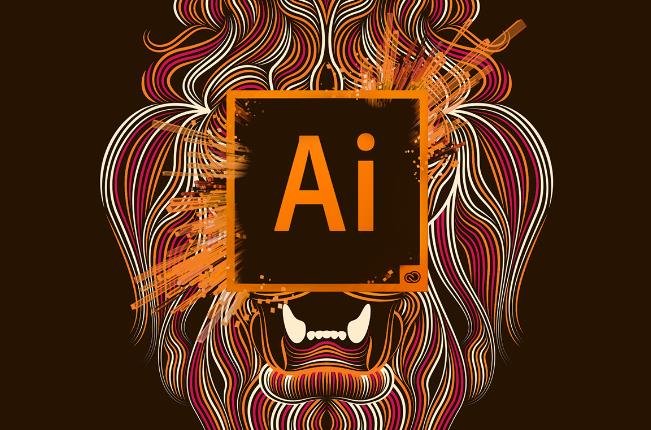Adobe, the software giant behind Photoshop and Illustrator, has unveiled a new icon that can be used to mark content that was created or modified using artificial intelligence (AI) tools. The icon, which resembles a stylized “CR” for content credentials, is designed to provide transparency and authenticity for AI-generated media.
The icon of transparency
The new icon was developed by Adobe in collaboration with other companies as part of the Coalition for Content Provenance and Authenticity (C2PA), a group that aims to create technical standards to certify the source and provenance of content. Other members of the C2PA include Arm, Intel, Microsoft, and Truepic.

The icon can be added to images, videos, and PDFs via Adobe’s photo and video editing platforms like Photoshop or Premiere and eventually Microsoft’s Bing Image Generator. It will be embedded in the metadata of the content, along with information about its ownership, the AI tool used to create or modify it, and other details about the media’s production.
When viewers look at a photo online, they can hover over the icon, and it will open a dropdown that shows the content credentials. Adobe’s senior director of its Content Authenticity Initiative, Andy Parsons, said that the icon acts as a “nutrition label” of sorts, telling people the provenance of the media.
The rise of generative AI
The introduction of the new icon comes at a time when generative AI, a type of artificial intelligence that can create its own content, such as text or images, is becoming more advanced and accessible. Generative AI can be used for various purposes, such as enhancing photos, creating art, designing logos, generating captions, and more.
However, generative AI also poses challenges and risks, such as misinformation, manipulation, plagiarism, and ethical concerns. For example, deepfakes are realistic videos that are created using AI to swap faces or voices of people. Deepfakes can be used for entertainment or education purposes, but they can also be used for malicious or deceptive purposes, such as spreading fake news or impersonating someone.
To address these issues, Adobe and other companies have been working on developing tools and standards to verify the authenticity and origin of content. Adobe launched its Content Authenticity Initiative in 2019 to create a system that allows creators to attach attribution data to their work. Adobe also introduced a new family of generative AI tools called Firefly earlier this year, which creates images, text effects, audio, vectors, and 3D for users. Firefly automatically adds content credentials to the art created with it.
The future of creative cloud
Adobe said that the new icon is part of its vision to make generative AI a creative co-pilot for its users. The company said that it wants to integrate generative AI directly into its workflows to fuel creativity and deliver the power and precision that its users expect.
Adobe also announced several new generative AI enhancements across its core product lines at its annual MAX conference in Los Angeles on Tuesday. These include Firefly Image 2, which offers higher-resolution images with more details; Firefly Vector Model, which is the first generative AI for creating vector graphics via text prompts; and Generative Fill in Photoshop, which allows users to fill in gaps or remove unwanted objects in photos using Firefly.
Adobe said that other companies in the C2PA will begin implementing the new icon in the coming months. Microsoft, for example, has been using a custom digital watermark in content created with its Bing Image Generator but will be using the new icon soon.
